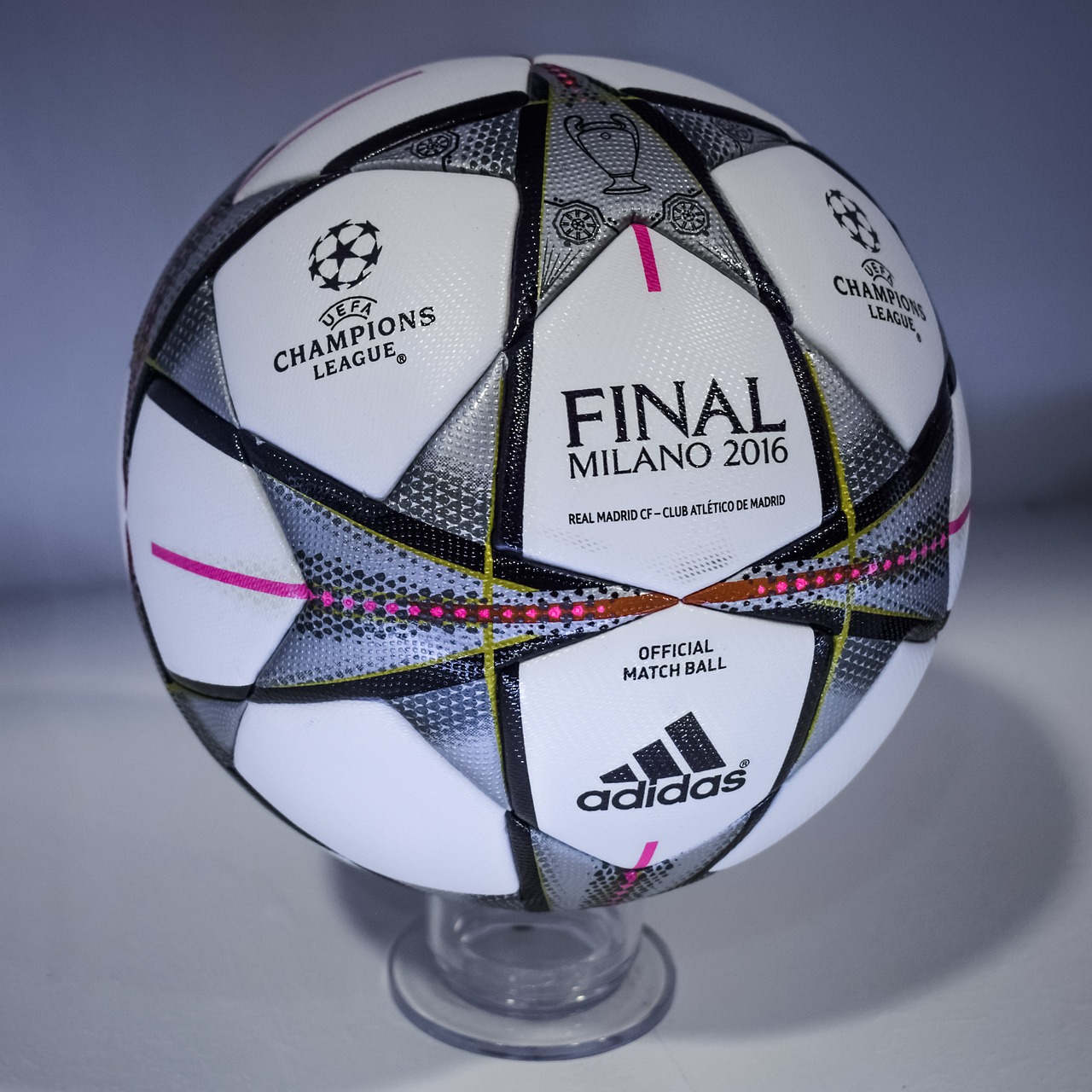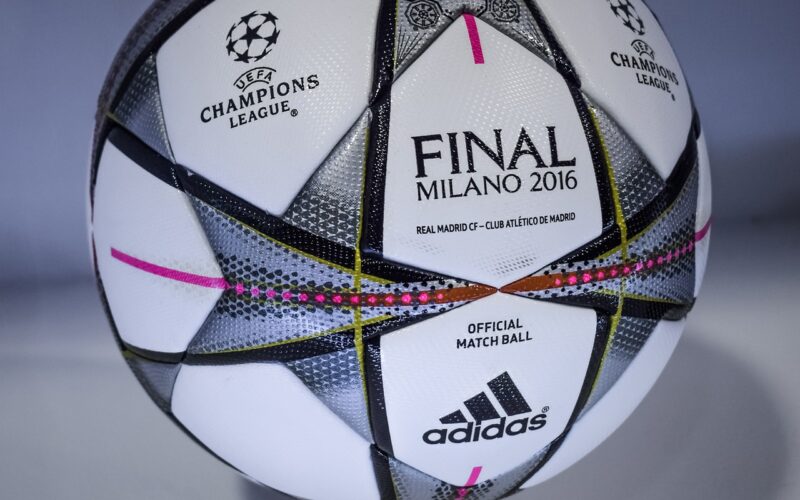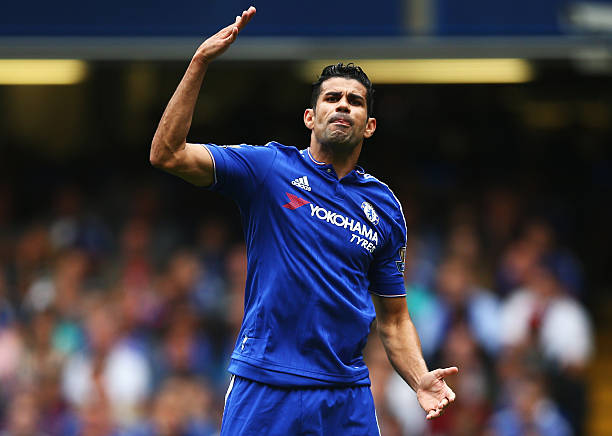In the swirling vortex of the world’s football, the UEFA Champions League holds a special place. Emanating passion, pride, and prowess, it has witnessed a dazzling array of moments that have etched themselves into history. But beyond the game’s artistic flair, the most elite club competition in Europe has undergone a transformation underpinned by the relentless march of technology.

The Digital Blackboard: Coaches and Tactical Evolution
Gone are the days of chalk and blackboards. Today’s coaches have an arsenal of digital tools at their disposal. Advanced software like Prozone and Wyscout offers a granular analysis of matches, breaking down each play, each pass, and each tackle.
By scrutinizing player movement, ball possession, and space utilization, coaches can identify weaknesses in opponents and adapt tactics accordingly. For instance, two of the best soccer coaches in the world, Pep Guardiola’s Manchester City or Jürgen Klopp’s Liverpool have perfected the art of tactical pressing and spatial control, abetted by insights from such tools.
Training has also felt the technological touch. Augmented reality (AR) and virtual reality (VR) systems immerse players in match-like scenarios, enabling them to make decisions in a controlled environment. It’s not just about physical prowess but also mental preparedness.
Players: Fine-tuning Performance and Health
The life of a modern-day footballer in the Champions League is aided by wearable tech. These small devices, often worn under jerseys or embedded in equipment, track heart rates, distances covered, and sprinting speeds.
Such data is pivotal in understanding a player’s physical thresholds and ensuring they operate at peak performance. Biometric wearables also enable early detection of potential injuries.
Coaching staff can personalize training regimens by understanding each player’s unique biomechanics, reducing wear and tear.
For instance, a player who shows signs of fatigue may be at risk for muscle injuries, prompting coaches to adjust his training or game time. Preventing injuries could mean the difference between hoisting the trophy and bowing out early.
A Paradigm Shift for Fans
While the in-stadium experience remains unparalleled, technology has broadened the horizons for fans. The introduction of VAR (Video Assistant Referee) might have been controversial, but it brought a level of fairness, reducing glaring officiating errors.
Although fans might find themselves on the edge of their seats during a VAR check, there’s a collective sigh of relief when justice prevails.
Outside the stadium, the advent of streaming platforms has democratized access. One no longer needs a cable subscription to follow their favorite team’s Champions League journey.
Dedicated apps offer real-time updates and behind-the-scenes content and even allow for interactive elements where fans can predict outcomes, share insights, or discuss the latest Champions League odds. Engaging in light-hearted contests or delving into odds-driven discussions amplifies the excitement of the tournament, drawing fans into deeper engagement with each fixture.
The immersion doesn’t end there. Virtual Reality promises fans a pitch-side experience from the comfort of their homes. Donning VR headsets, one can almost feel the electrifying atmosphere of a packed stadium on a European night.
Furthermore, social media platforms like Twitter and Instagram have fostered a community where fans from different continents bond over shared adorations or heartbreaks on anything related to the League, from the immense competition in Group F to the latest performance from rising stars. Players, too, through their personal accounts, offer glimpses into their lives, creating a more intimate bond with their fanbase.
Eco-Friendly Arenas: Champions of Sustainability
An intriguing evolution in the Champions League framework is the emphasis on eco-friendly stadiums. Clubs are adopting sustainable practices, from solar panels to rainwater harvesting, ensuring the game’s footprint is green. Barcelona’s Camp Nou, for instance, is pioneering energy-efficient solutions, setting a benchmark for others. This symbiosis of football and environmental responsibility underscores the sport’s commitment to the future – both on and off the pitch.
The Cautionary Tale: The Balance with Tradition
With all these advancements, one might argue that the soul of football is at risk. Could technology override the spontaneity, unpredictability, and sheer human element? It’s a balancing act. While technology is instrumental in decision-making and enhances engagement, it should never overshadow the game’s core: human endeavor, passion, and the joy of unpredicted outcomes.
Also, while the prospect of wagering on game results might appeal to some fans, it’s essential to approach such avenues responsibly. The allure of predictive contests and gaming platforms, derivatives of the tech influx, must always be balanced with restraint and awareness.
The Future Kick-off
What does the future hold for the Champions League in its tryst with technology? Maybe AI-driven coaches? Holographic replays for fans? The possibilities are endless. So far, the synthesis of tech and football has offered promising results, enhancing the game without eclipsing its essence.
In conclusion, with its storied past, the UEFA Champions League now strides into a future molded by technology. As long as the heartbeats of coaches, players, and fans remain its central rhythm, the fusion of tradition and innovation promises a spectacle, season after season.








